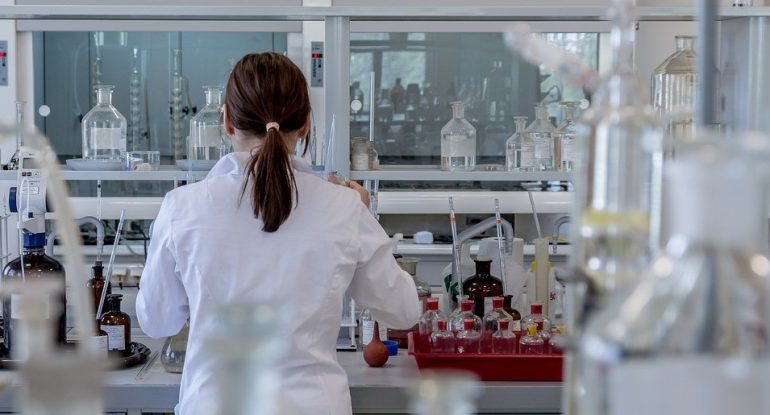When setting up a laboratory, particularly within an academic institution such as schools, you have to carefully select the different kinds of laboratory equipment that are essential for safe and efficient experimental work. Among these requirements are cold traps which are indispensable in school laboratories especially when engaged in condensation or sublimation experiments. This guideline covers the essentials about how to select and use cold traps in school laboratories so that educators and administrators can optimize their lab setups.
Cold Traps
A cold trap is a device commonly used in laboratory for cooling all vapors apart from the permanent gasses into liquids or solids by cooling them to very low temperatures.Typically integrated into systems operating under vacuum conditions like during distillation or drying processes, they protect vacuum pumps from contamination by volatile substances. When it comes to any school laboratory that does involve distillation or even vacuum utilities, having a reliable cold trap is important because this will help you maintain the longevity as well as efficiency of your equipment.
Selection
In picking out a cold trap for use in school labs, there are several things to consider if its educational demands along with safety requirements needs to be satisfied.The capacity of the cold trap should suit normal levels of experimentation at an educational level.Moreover, availability of coolant (such as dry ice or liquid nitrogen) would influence design aspects of such traps plus it has to be suitable with regard to other laboratory facilities and safety regulations within the school.
Installation and Integration
Critical installation of a cold trap guarantees optimal functioning.This means connecting the said cold trap reliably both with vacuum pump(s) and apparatus being protected.It usually involves professional assembling for ensuring air-tightness throughout all connections made as well as proper location of such cooler needed for more productivity and protection purposes.Ideally, experienced technicians should guide the process of integrating cold traps into school lab set ups and teachers can be trained on proper operation by these technicians.
Maintenance
For cold traps to continue functioning effectively and safely in the laboratory where students and staff spend most of their time, they should be maintained consistently.Regular schedules for maintenance ought to include checking for any leaks within the system, ensuring that prior to using it, it must attain optimal temperature as well as its cleaning after use will stop any build-up of residues.Furthermore, safety guidelines have to be formulated and disseminated to all users of such laboratories with a view to averting mishaps associated with wrong handling of any cooler or coolants.
Laboratory Learning Experiences
Apart from providing protection to laboratory equipment for schools, cold traps also offer learning opportunities that are invaluable.Their presence in a controlled environment demonstrates practically concepts like condensation as well as vapor pressure.Laboratory lessons in chemistry and physics may make use of this equipment through hands-on experiments which are consistent with curriculum objectives and developmental goals.
In conclusion, selecting and using cold traps in school laboratories involves understanding their functionality, choosing the right model, ensuring proper installation, and maintaining the equipment effectively.
Equipment used in schools, including cold traps that act as a safeguard to delicate laboratory equipment and improve the learning experience. By adhering to these tips, teachers can successfully incorporate cold traps into their labs, thus improving the safety and educational worth of their science curriculums.











